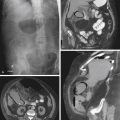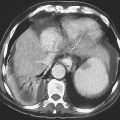CASE 80
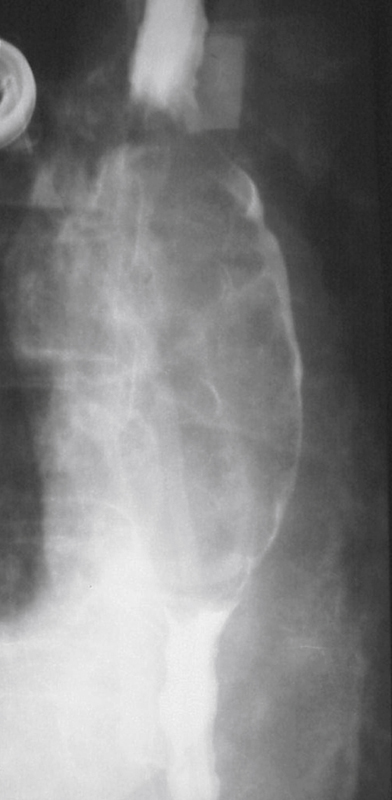
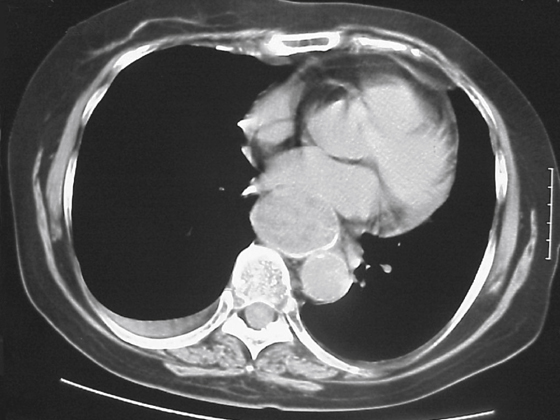
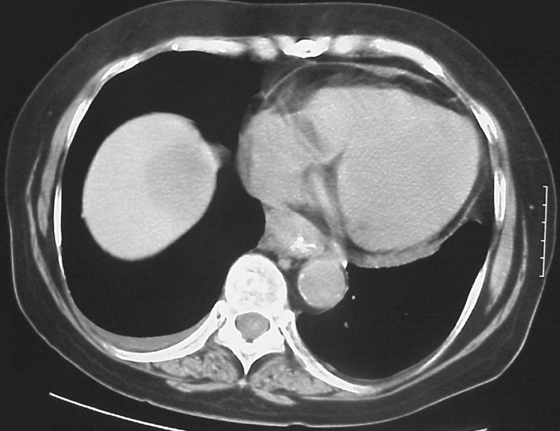
History: A 64-year-old woman presents with dysphagia and hematemesis.
1. Which of the following should be included in the differential diagnosis of the imaging finding shown in the figures? (Choose all that apply.)
2. What tumor most often invades the esophagus through direct extension?
3. What is the most common cause of hematogenous metastases to the esophagus?
4. Which of the following statements regarding metastatic disease to the esophagus is true?
A. Odynophagia is the most common symptom.
B. Metastatic spread to the esophagus usually occurs late in the disease.
C. Secondary achalasia from malignant infiltration is most commonly the result of breast cancer.
ANSWERS
CASE 80
Metastatic Disease to the Esophagus
1. A, B, and C
2. C
3. A
4. B
Reference
Levine MS. Other malignant tumors of the esophagus. In: Gore RM, Levine MS, eds. Textbook of Gastrointestinal Radiology. 2nd ed Philadelphia: WB Saunders; 2000:435–451.
Cross-Reference
Gastrointestinal Imaging: THE REQUISITES, 3rd ed, p 11.
Comment
Metastases to the esophagus are not uncommon findings on autopsy studies. However, it is somewhat more rare for them to be encountered in radiologic practice. The most common cause of secondary tumor involvement of the esophagus is direct invasion or extension of an adjacent neoplasm. The most likely of these neoplasms is gastric carcinoma, which extends into the distal esophagus. However, with new knowledge about Barrett’s metaplasia and its progression toward adenocarcinoma of the distal esophagus and gastroesophageal junction, direct spread from stomach to esophagus is much less common than previously thought. Carcinoma of the lung also involves the esophagus either by direct extension or by secondary involvement of the mediastinal adenopathy. Breast cancer is the most likely distant tumor to secondarily involve the esophagus. It usually involves the esophagus by first spreading to mediastinal lymph nodes and then invading into the esophagus. However, it is also the most common cancer to have direct hematogenous metastases to the esophagus, as was the primary site and situation in this case (see figures). Hematogenous metastases are quite rare. Although all tumors can metastasize to the esophagus, the hematogenous metastases are more commonly associated with breast cancer, Kaposi’s sarcoma, melanoma, and renal cell carcinoma.


